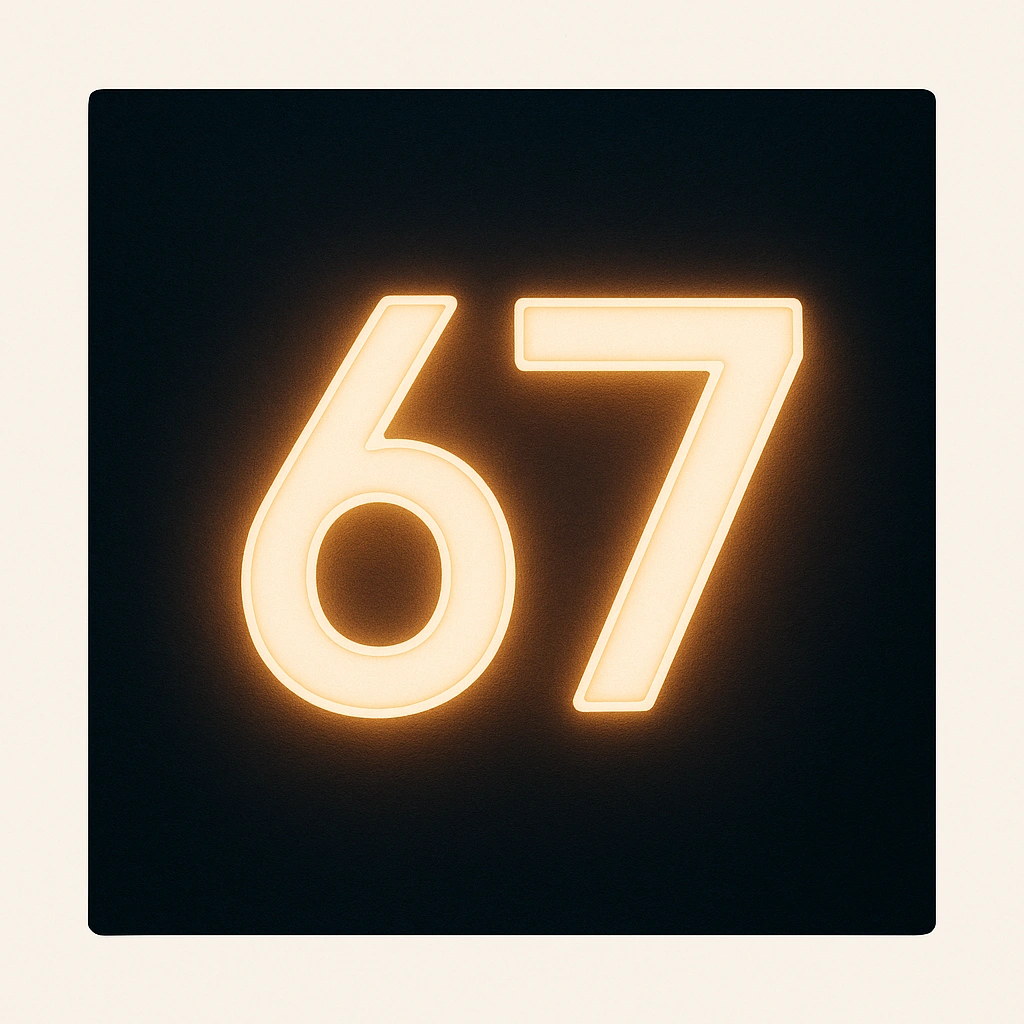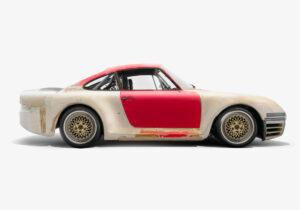
In the accelerating carousel of fashion—a world defined by fleeting trends, maximalist spectacle, and haute fatigue—ROMBAUT’s “CORE” collection feels like a purposeful deceleration. It is not minimalism for minimalism’s sake. It is something denser, more philosophical. A paring down not to please the algorithm, but to ask the simplest, hardest question: What endures?
Founded by Belgian designer Mats Rombaut, the label has always orbited the fashion mainstream on its own terms—blending streetwear silhouettes with sustainable futurism and vegan materials before the industry cared to ask for them. But with “CORE,” ROMBAUT turns inward. Away from novelty. Toward what matters most.
“To strip things back to what matters—community, creativity, and conscious design,” Rombaut says in the campaign release. “To empower our audience to wear their values without compromising style or accessibility.”
The Shapes of a New Language
The “CORE” collection presents itself with a kind of rigorous modesty. There are no shock silhouettes or alien contours. Instead, we’re offered sculpted clarity—the sort of footwear that’s more diagram than decoration. Built for movement, built for memory.
All models are made in Portugal, each pair undergoing a transparent manufacturing process that resists the fashion industry’s smoke-and-mirrors legacy. But the true distinction lies in the materials: low-impact, cruelty-free, and fiercely tested.
This wasn’t easy. The brand admits that “years of trial and error” revealed a paradox—that some of the most innovative sustainable fabrics failed durability tests. “CORE” emerges not just from experimentation, but editorial precision: a curated selection of the strongest, most ethical materials ROMBAUT has encountered to date.
The result is sneakers that look soft but live hard—shoes made not for one runway moment, but for years of sidewalks, storms, and soft revolts.
Radical Affordability as Design Ethic
ROMBAUT has always carried the aesthetic of high-concept design—angular edges, brutalist colorways, futurist geometry—but with “CORE,” it makes that language more accessible.
Price points have been deliberately lowered. The intention is not to court hype, but to build community. Affordability here is not a concession. It’s an ethic.
“We wanted people to be able to buy into their beliefs,” Rombaut says.
In a culture where sustainable fashion is often prohibitively priced and wrapped in elitist jargon, ROMBAUT’s “CORE” collection offers an alternative: luxury defined by intention, not cost.
The Campaign: Erwin Wurm, Absurdity, and the Art of Silence
To accompany the launch, ROMBAUT Studio unveiled a campaign shot inside a white-box gallery—a sterile, clinical space that becomes a canvas for discomfort and quiet joy. The collection is modeled in still-life scenes inspired by Erwin Wurm, the Austrian artist known for his warped sculptures and playful anatomical distortions.
Wurm, a favorite of Rombaut’s, explores themes of body image, futility, and the grotesque humor of modern life. It’s a fitting pairing. Just as Wurm stretches the human form into furniture and fountains, ROMBAUT stretches the role of the shoe beyond function—toward message, medium, metaphor.
The campaign features foot forms trapped in Plexiglas cubes, sneakers balanced atop minimalist pedestals, models twisting their limbs into hyper-conscious postures. It feels less like product advertising and more like a semiotic playground—a place where footwear is no longer just an accessory, but a provocation.
Materials as Morality
In “CORE,” every component is a declaration. There is no filler.
- Vegan leather (derived from plant-based polymers) replaces traditional cowhide without mimicry. It doesn’t try to be “just like leather.” It owns its difference.
- Upcycled linings from recycled PET bottles reduce water usage and landfill stress.
- Natural latex outsoles and water-based adhesives underscore ROMBAUT’s refusal to separate beauty from ethics.
This isn’t greenwashing. The materials are traceable, testable, and tactile. They do not whisper sustainability—they speak it fluently.
Even the packaging follows suit: biodegradable boxes, reusable dust bags, and carbon-offset delivery models. Sustainability here isn’t a bullet point. It’s the thread that binds the whole proposition.
“CORE” and the Philosophy of Reset
Perhaps what makes this collection resonate most is its timing. We live in a moment of planetary exhaustion—ecologically, socially, psychologically. Fashion, too, has reached a crisis point: overproduced, overhyped, and culturally overwhelmed.
“CORE” steps into that fatigue not with a scream, but with a breath. It offers not escape, but re-centering.
It invites wearers to ask:
- What am I actually wearing, and why?
- Who made this, and under what conditions?
- Can a shoe become a second skin—not just aesthetically, but ideologically?
ROMBAUT doesn’t answer those questions. It walks with them.
ROMBAUT’s Evolution: From Art House to Infrastructure
With “CORE,” ROMBAUT also solidifies its transition from cult favorite to cultural infrastructure.
In the past, the brand has flirted with fantasy—exaggerated soles, iridescent palettes, and dystopian drag silhouettes. These remain part of its DNA. But “CORE” signals a new phase: less theater, more foundation.
It is ROMBAUT as platform, not mood board. A studio that creates not just shoes, but systems of thinking. Design as ritual, not just release.
And as other brands chase collabs and virality, ROMBAUT stakes out a quieter, deeper territory: consistency, care, community.
A Community, Not a Customer Base
At the heart of the “CORE” vision is a return to people. Not consumers. Participants.
By keeping prices reachable, distribution transparent, and materials humane, ROMBAUT reminds us that footwear doesn’t need to exploit to excite. That you don’t have to pollute to provoke. That you can make something cool without making someone else suffer.
This is not fashion’s usual script. It is a rejection of the binary that says: affordable = unethical, expensive = enlightened. “CORE” breaks that logic.
It asks: What if care was cool? What if simplicity was enough?
Aesthetic Notes: The Design Language of “CORE”
If “CORE” has a visual thesis, it might be anti-noise modernism.
The palette is soft, but never passive: slate, milk, ash, rust. The lines are anatomical—mimicking tendons, folds, arcs. You feel the foot in the form. The tension is always between function and futurism—sneakers that could be worn to a protest, a poetry reading, or a planetary departure.
Design details are quietly rigorous:
- Tonal stitching that respects the line of the silhouette
- Asymmetric overlays to reference movement over symmetry
- Pull tabs and laces inspired by parachute rigs and medical fasteners
Each shoe is a sculpture. But one meant to be walked into the world, not kept in a vault.
The Future Looks Like “CORE”
“CORE” isn’t just a collection. It’s a case study for what a post-capitalist fashion model might begin to resemble. It challenges everything we’ve been taught about value, style, and success in a commodified culture.
And its success will not be measured by resale margins or celebrity cosigns. It will be measured by how long people wear the shoes. How they feel while doing so. How many conversations begin not with Where did you get those?, but What do those mean to you?
In a world choked by performance and pixelated personas, ROMBAUT’s “CORE” collection invites us to imagine something else: a future built not on branding, but belief.
No comments yet.









